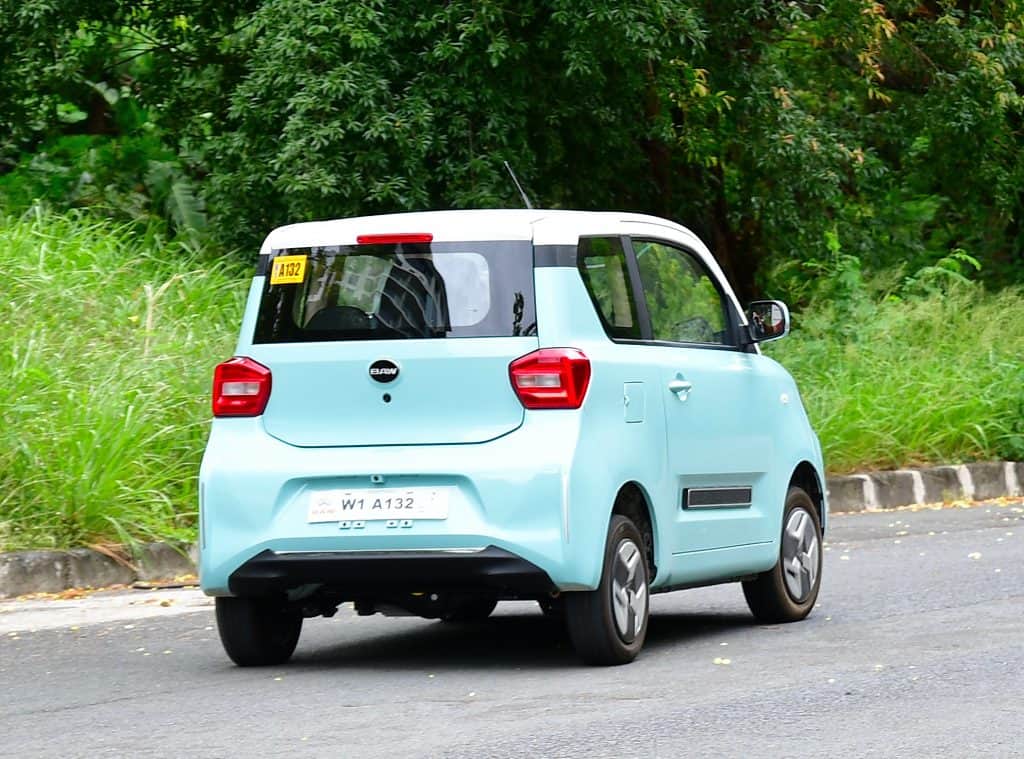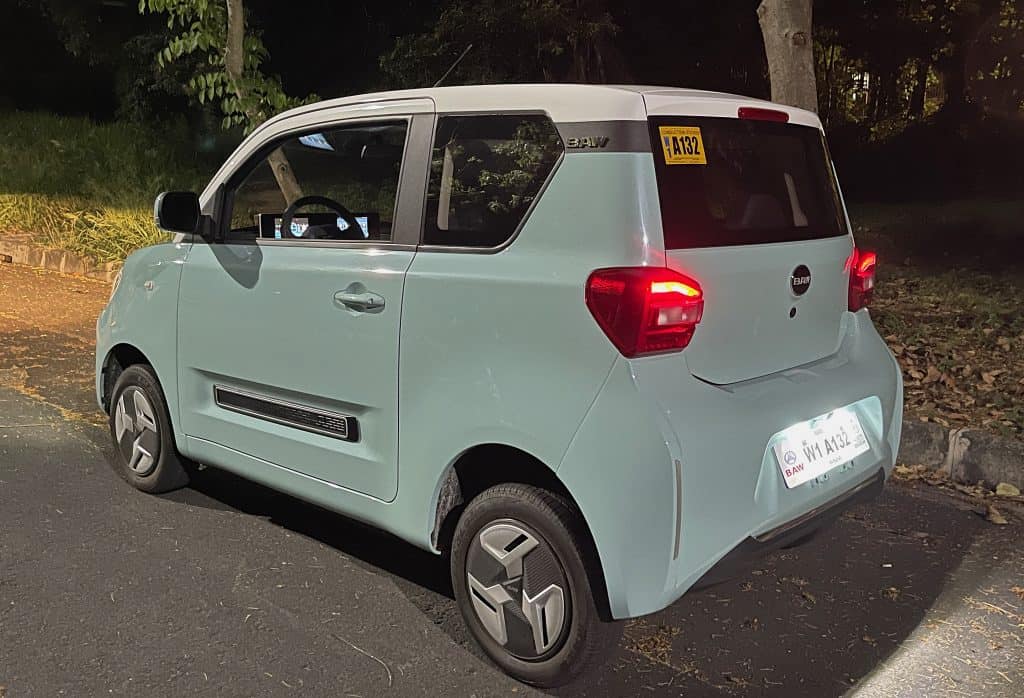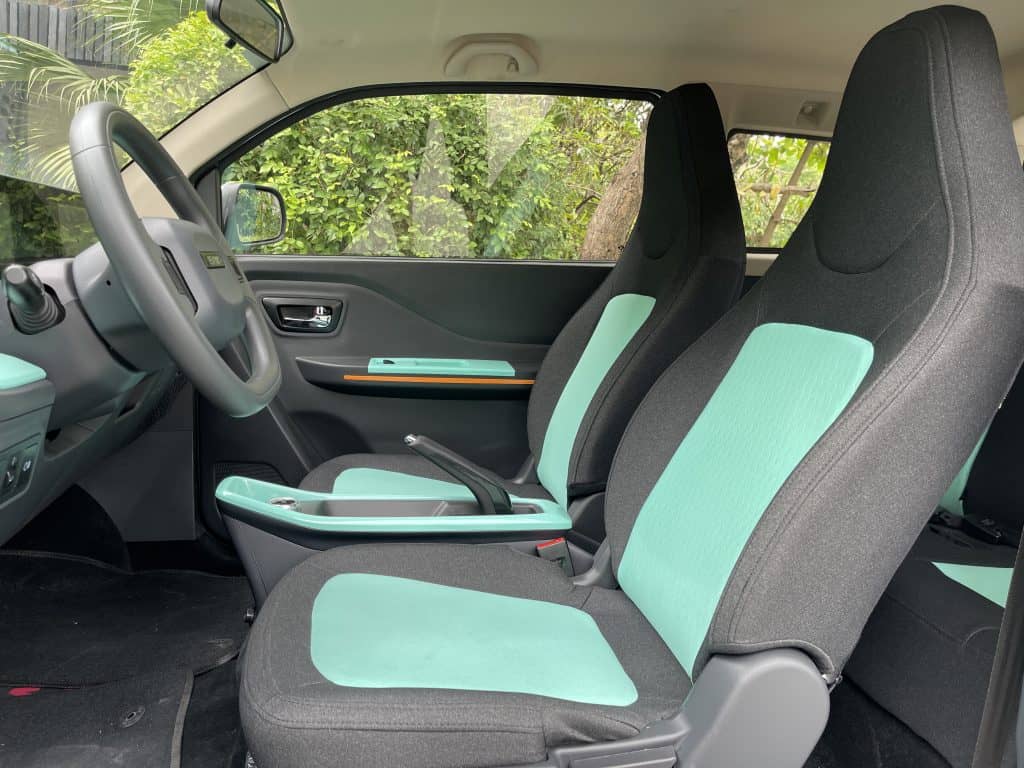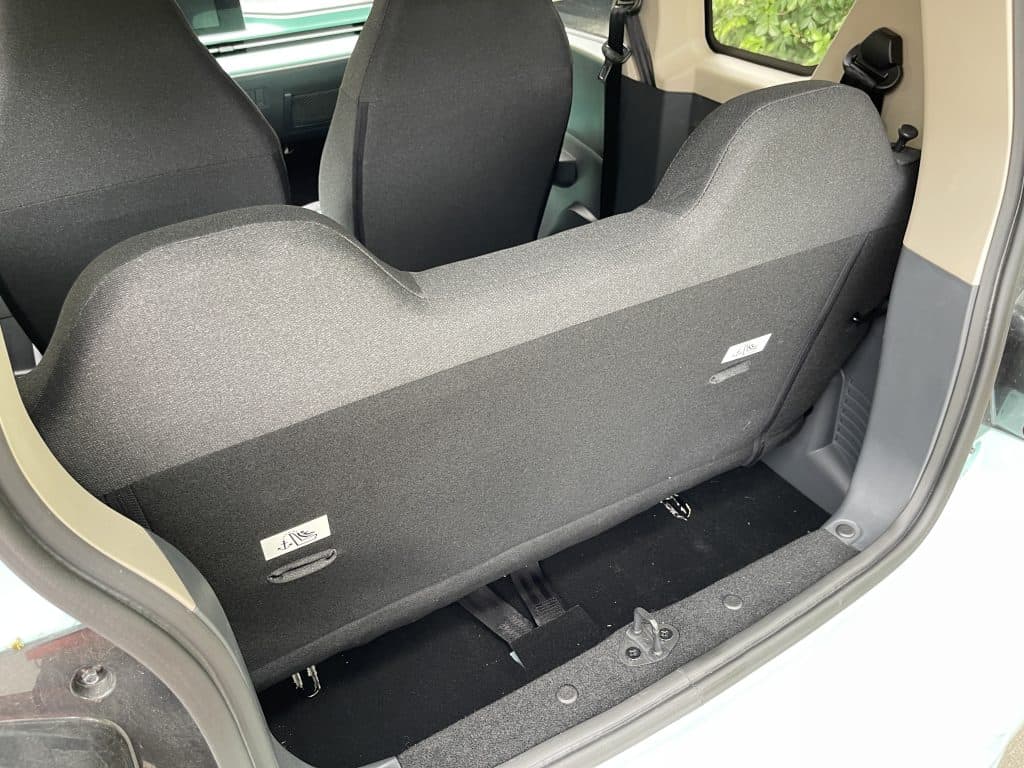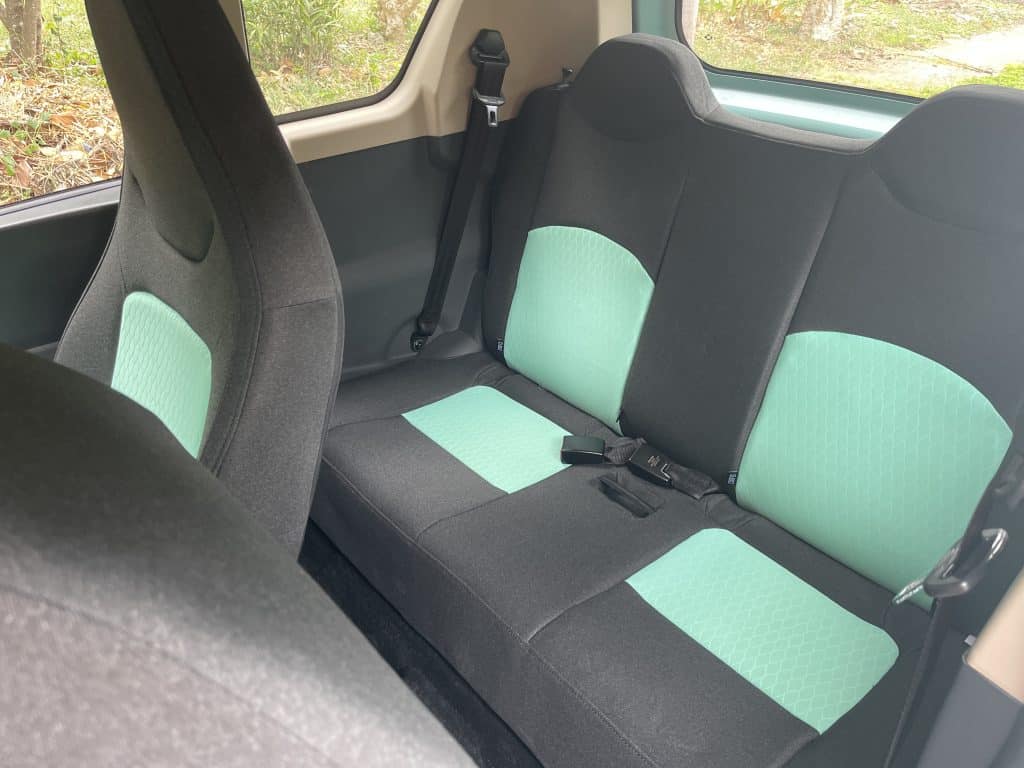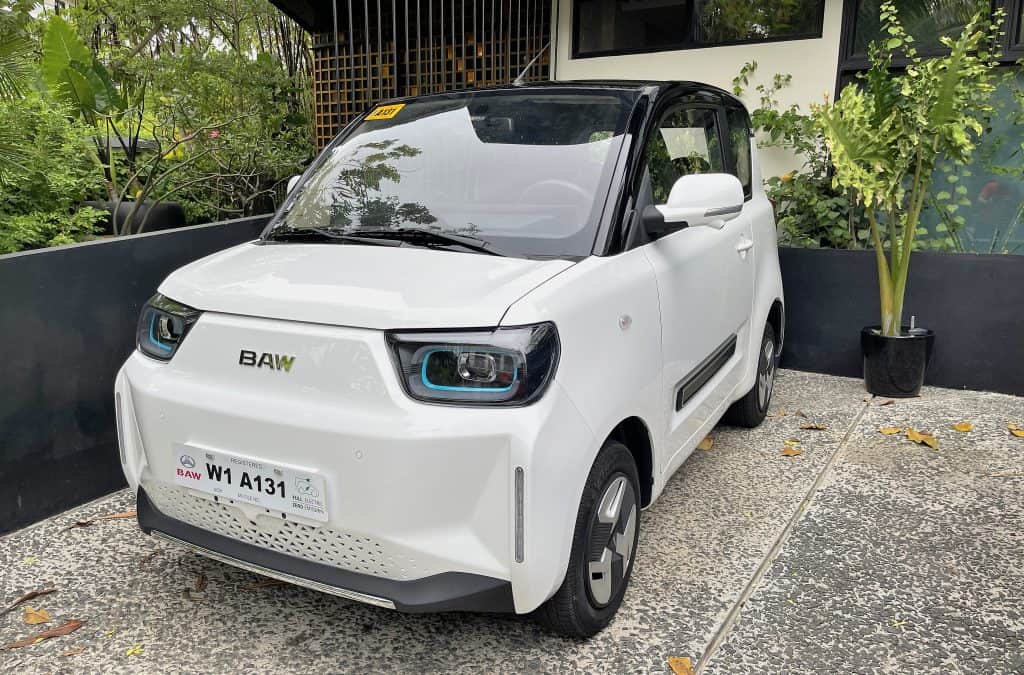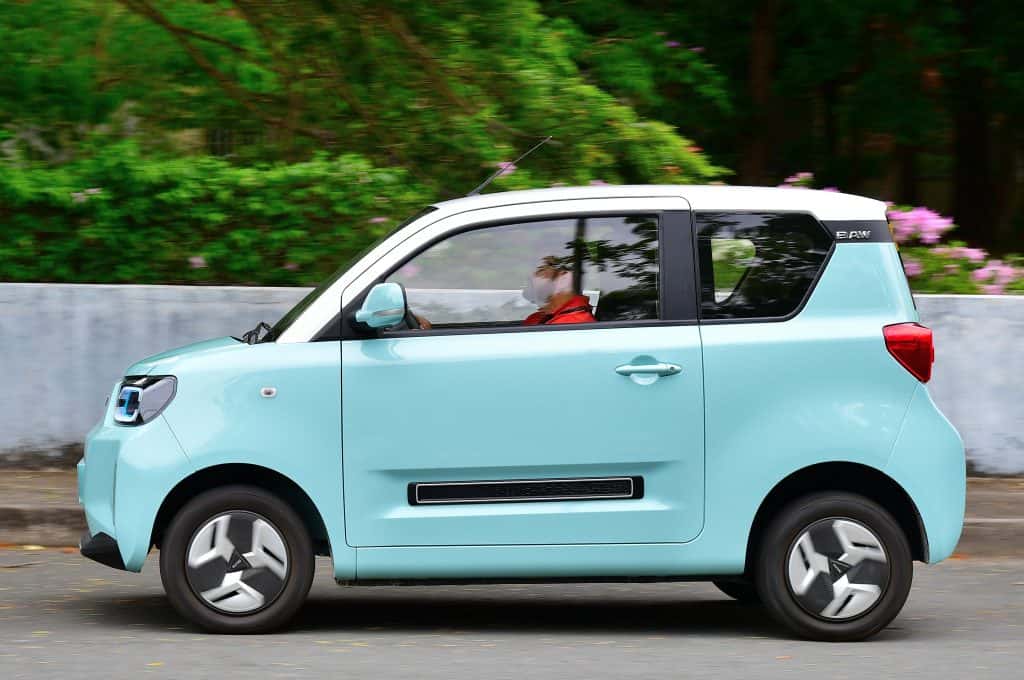As more current and new automotive brands import more electrified mobility solutions for our domestic market, we are delighted to see more attainable products to hasten the transition. BAW (Beijing Automobile Works Co., Ltd.) was formed in 2001 with origins beginning in 1951 as a state-owned manufacturer producing military products on two wheels. Post-pandemic—in April 2023—BAW was acquired by the Shandong Weiqiao Pioneering Group, a private company active in the textiles and aluminum industry and this is their first EV.
The BAW Pony micro city car variants seen here in both L (13.7-kWh) for longer range at 170 kilometers and S (9.6-kWh) for short range at 120 kilometers, snugly seats four people. It is a two-door hatchback with a tiny trunk but the rear seats can either be folded or removed entirely to liberate more storage space. We are not sure if the Pony will be the only model that the EVOxTerra, Inc. distributer will import from BAW but it is likely as it is currently the sole pure-EV product that the company builds. The BAW Pony represents the third electrified solution from the EVOxTerra, Inc. group, the brainchild of CEO Rashid Delgado, that distributes Weltmeister and Hongqi. Rashid plans to offer multiple levels of electrified mobility for Philippine customers from ultra-luxury to maximum affordability.
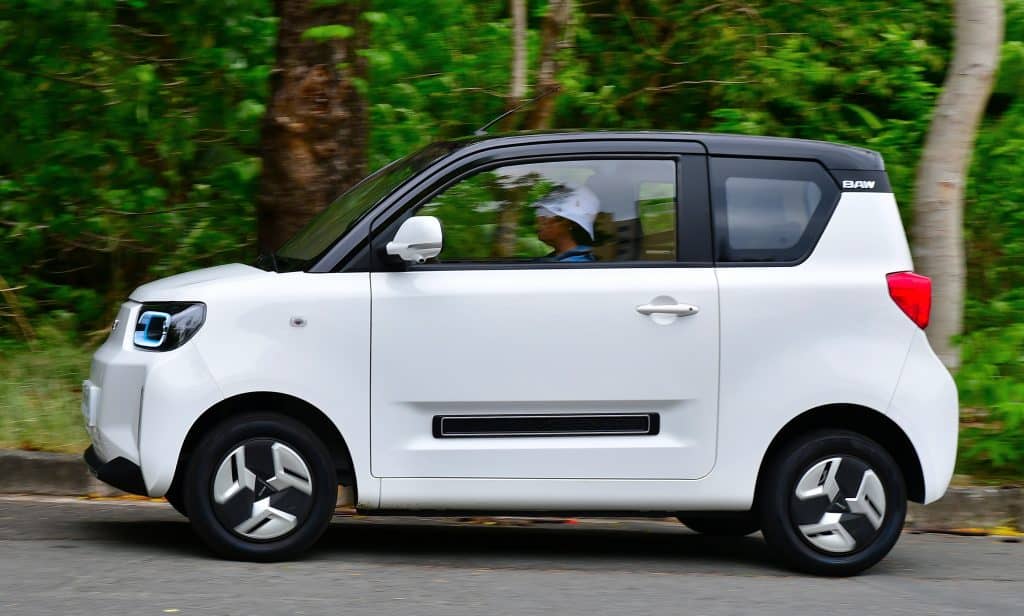
The BAW Pony L can accelerate from 0 to 100 km/h in roughly 20 seconds and hold that governed top speed for as long as the 13.7 kWh lithium-iron phosphate battery has energy with a starting full-charge of 170 kilometers of range. The onboard charger on both variants is a 3-kW unit which, when used with the supplied portable charger cable plugged into a standard 240V home wall socket, will take approximately 4 hours and 30 minutes to fully charge the L and 3 hours and 15 minutes to fully charge the S from a completely depleted battery. But much like a new daily used smartphone, you will end up topping off the charge when you get home at the end of the day or simply charge as needed. If your daily routine is within a 50-kilometer range, you won’t have range anxiety at all and you can run the aircon to your desired temperature with all the onboard electronics functioning at your personal desired levels.

Photo by Isabel N. Delos Reyes 
Photo by Isabel N. Delos Reyes
Both Pony EV microcars run on 155/65R13 73H Linglong LMA18 tires on hubcapped steel wheels. The electric motor is mounted in the front while the battery lies on the floor beneath the rear seats. The suspension is actually quite good—it uses independent MacPherson struts up front with a 3-link rigid rear drive axle with coil springs and dampers. So even if the Pony is tiny, it feels reasonably planted and secure up to its governed top speed of 100 km/h. Driving either Pony is like driving a very premium golf cart with a closed cabin, a “Sport” drive mode in the rotary controller, creature comforts, brakes with ABS+EBD (front disc & rear drum), seatbelts and air-conditioning! The steering is fixed and very light to steer as the L curb weighs in at 790 kg and the S at 693 kg. It is driving at its modern simplest.
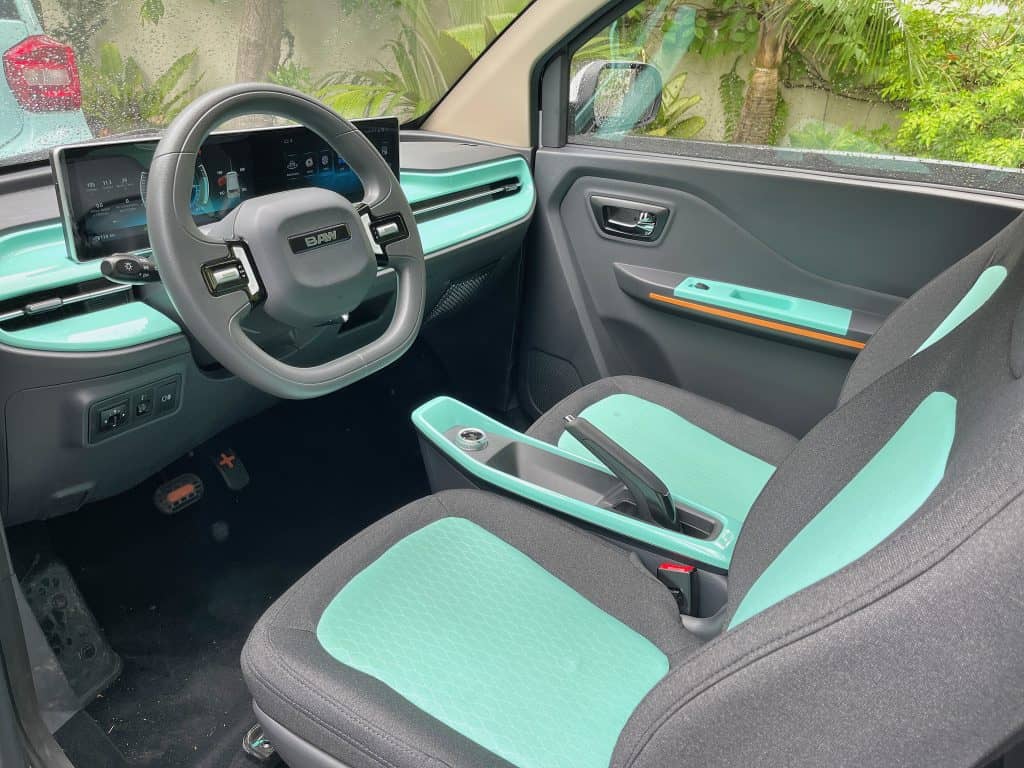

Photo by Isabel N. Delos Reyes 
Photo by Isabel N. Delos Reyes 
Photo by Isabel N. Delos Reyes
The big interior highlight are the obvious instrument and infotainment screens, on the S model the dual screens are 7-inches and in the L, they are 10.25-inch units with expanded abilities that include 360-degree panoramic cameras supported with rear sonar. Both instrumentations have USB-C ports on the side for charging and data. An additional safety measure on the Pony L, particularly for low-speed city use, is a sound emission, a unique pinging tone, up to 20 km/h, to make the silent car more obvious to pedestrians. Cabin storage is limited to a couple of dashboard hooks, card holder, a net on the passenger side of the dashboard, water bottle holders on the door panels, and a small space beneath the handbrake. The front seats are fairly comfortable though the rear seats are best for small young children, thankfully there are two ISOFIX mounts to accommodate them.

Photo by Isabel N. Delos Reyes 
Photo by Isabel N. Delos Reyes
Both BAW Pony models sprint, brake and handle identically, with 27 hp and 63 lb-ft of torque, the L will just do the same operations over an additional 50 kilometers of range with more kit. They are not quick off the line but their mid-range punch is optimal which will allow you to keep pace and even safely pass other cars on the road. The power delivery to the rear wheels is not direct like in most considerably more expensive EV-vehicles so there is driveline loss however.
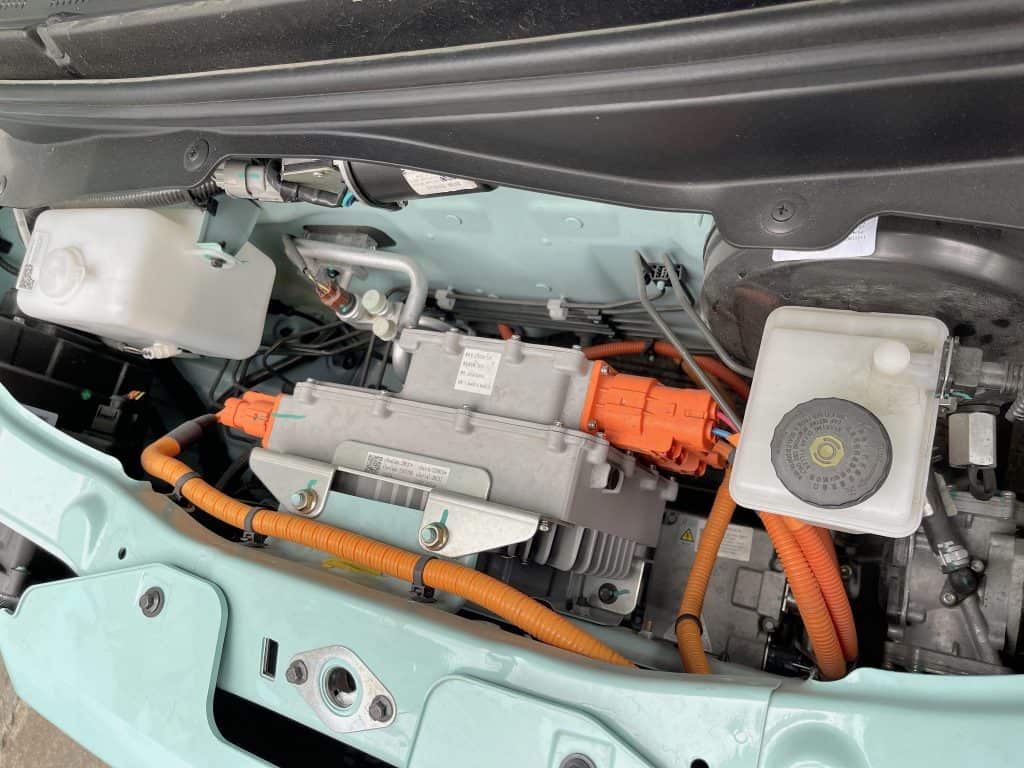
So the big question now is whether the cheaper and cleaner cost per kilometer of the Pony and other parallel solutions like the Jetour Ice Cream EV or Wuling Mini EV are enough to sway new buyers from buying a Toyota Wigo, Honda Brio, Suzuki S-Presso, or Mitsubishi Mirage. My easiest answer is relative to scope of use. If a buyer is looking for a daily solution restricted to city/urban use within a 60-kilometer radius then the Pony will be an attractive proposition. Price as tested: PhP 598,000 for the 120-kilometer S variant and P678,000 for the 170-kilometer L variant.


